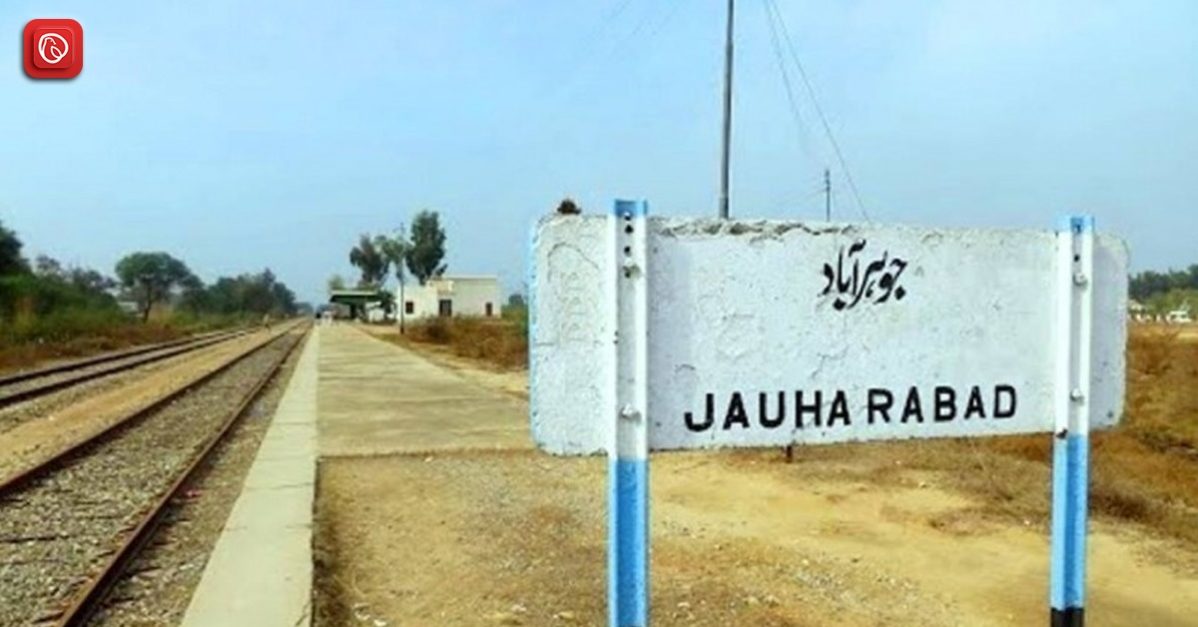
Nestled in the heart of the Punjab province of Pakistan, Jauharabad (جَوہرآباد) is a testament to history and modernity. Founded in 1953 as a meticulously planned city, Jauharabad is the vibrant district headquarters of Khushab District. The city derives its name from the famous freedom fighter, Maulana Muhammad Ali Jauhar, adding a patriotic touch to its identity.
Moreover, Jauharabad boasts a picturesque landscape, with the imposing Salt Range to the north and proximity to significant landmarks such as Khushab, the meandering Jhelum River, and the neighbouring Mianwali district to the west.
In this introductory glimpse, Graana.com embark on a journey to explore the rich history, cultural heritage, and natural beauty that define its unique charm.
The naming origin of Jauharabad steeped itself in historical significance and, interestingly, a touch of serendipity. This planned city sits in the Punjab province of Pakistan and proudly serves as the headquarters of the Khushab district. It bears a name that resonates with both history and modernity.
Jauharabad owes its name to Maulana Muhammad Ali Jauhar, a revered figure in the Pakistan independence movement. His dedication and contributions to the cause of freedom earned him the honour of having this town named after him. Besides, in Urdu language the word “Jauhar” translates to “gem” in English.
Geographically, Jauharabad is situated at the junction of two distinct landscapes, where the desert of Thal meets the fertile plains of the Pothohar region. This location positions itself just to the south of the imposing Salt Range, indicating the transition from the elevated Pothohar Plateau to the expansive plains of Punjab.
To the southeast, the Jhelum River flows at 7 kilometres from the city, while on its western flank lies the vast expanse of the Thal Desert, one of the famous deserts in Pakistan. On the eastern side of Jauharabad the Khushab Reserve Forest, covering an area of approximately 4 square kilometres. Certainly, the forest provides lots of benefits besides, adding a touch of natural beauty.
The predominant language spoken in this region is Punjabi along with few other languages. Approximately 96% of the population communicates in Punjabi, with the remaining residents conversing in various other languages.
The city with its well-thought-out urban planning and spacious thoroughfares, came into existence in 1953. The meticulous planning and design led to the relocation of the district headquarters of Khushab District from the city of Khushab to Jauharabad. Notably, a select few urban settlements in Pakistan, including Faisalabad, Islamabad, and Gwadar, underwent meticulous development from the ground up, following comprehensive urban master plans.
Moreover, during the 1950s, Jauharabad hosted the famous Islamic scholar and philosopher, Muhammad Asad, who had converted to Islam from Judaism. Also, Muhammad Asad, known for his notable works such as “The Road to Mecca,” took up residence in Jauharabad.
He stayed in the town at the residence of a famous local, Chaudhry Niaz Ali Khan. Interestingly, Chaudhry Niaz Ali Khan had founded the trust institutes of “Dar ul Islam”, initially in Pathankot, India, and later, following the independence of Pakistan, in Jauharabad, upon the advice of Allama Muhammad Iqbal.
| Attribute | Value |
| Population | 91,254 (2017) |
| Area | 803,940.0 km² |
| Distance to Lahore | Approximately 212 km (132 mi) |
| Year | 1953 as a planned city |
| Latitude | 32.291943 |
| Longitude | 72.273613 |
They named the town after Maulana Muhammad Ali Jauhar, a significant figure in the independence movement of Pakistan.
Jauharabad is strategically located at the confluence of the desert; Thal and the Pothohar region. This marks the transition from the Pothohar Plateau to the Punjab plains. Also, this location has both historical and geographical importance.
In 1953, they founded Jauharabad as a planned city, incorporating wide avenues and open spaces. They relocated the district headquarters of Khushab District from Khushab city to Jauharabad because of its planned design and infrastructure.
One famous individual associated with Jauharabad is Muhammad Asad, a famous Islamic thinker and scholar. He resided in Jauharabad during the 1950s and contributed significantly to Islamic literature.
“The Thal Desert lies to the west, and the Khushab Forest lies to the east, surrounding it with diverse geographical features.”
The Jhelum River flows about 7 kilometres to the southeast of the town, adding to its natural beauty.
For more details visit Graana.com.
ISLAMABAD, Pakistan – April 23, 2025 – Chaaye Khana, Pakistan's popular cafe renowned for its…
ISLAMABAD: Prime Minister Shehbaz Sharif laid the foundation stone for the Murree Road underpass on…
DUBAI: Pakistani real estate developers and representatives showcased a range of commercial and residential investment…
ISLAMABAD: Capital Development Authority (CDA) is currently undertaking a major Rs652 million project to upgrade…
Karachi – Mayor Barrister Murtaza Wahab has announced the launch of a citywide anti-encroachment operation…
ISLAMABAD: CDA Chairman Muhammad Ali Randhawa has directed the immediate restoration of 23 non-functional water…